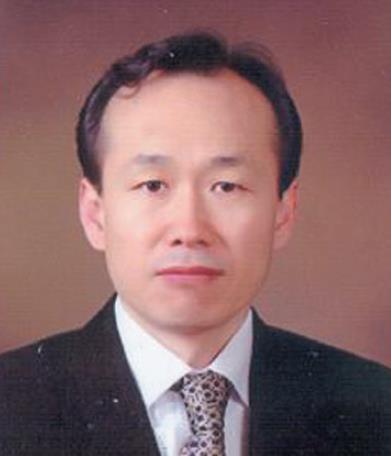- About
- Academics
-
Undergraduate Programs
- Civil and Environmental Engineering
- Architecture and Architectural Engineering
- Mechanical Engineering
- Industrial Engineering
- Energy Resources Engineering
- Nuclear Engineering
- Materials Science and Engineering
- Electrical and Computer Engineering
- Naval Architecture and Ocean Engineering
- Computer Science and Engineering
- Aerospace Engineering
- Chemical and Biological Engineering
-
Graduate Programs
- Civil and Environmental Engineering
- Architecture and Architectural Engineering
- Mechanical Engineering
- Industrial Engineering
- Energy Systems Engineering
- Materials Science and Engineering
- Electrical and Computer Engineering
- Naval Architecture and Ocean Engineering
- Computer Science and Engineering
- Chemical and Biological Engineering
- Aerospace Engineering
- Interdisciplinary Program in Technology, Management, Economics and Policy
- Interdisciplinary Program in Urban Design
- Interdisciplinary Program in Bioengineering
- Interdisciplinary Program in Artificial Intelligence
- Interdisciplinary Program in Intelligent Space and Aerospace Systems
- Chemical Convergence for Energy and Environment Major
- Multiscale Mechanics Design Major
- Hybrid Materials Major
- Double Major Program
- Open Programs
-
Undergraduate Programs
- Research
- Campus Life
- Communication
- Prospective Students
- International Office
SNU Ki Yun Yu research team developed location selection model for AED accessibility improvement
-
Uploaded by
관리자
-
Upload Date
2017.06.26
-
Views
544
SNU Ki Yun Yu research team developed location selection model for AED accessibility improvement
- Considered senior floating population, aligned in pedestrian perspective … enabled 25% more patients revival

▲ SNU Department of Civil and Environmental Engineering Professor Ki Yun Yu
SNU College of Engineering (Dean Lee Kun-woo) stated on 00th that Department of Civil and Environmental Engineering Professor Ki Yun Yu’s research team developed location selection model for AED (Automated External Defibrillator, AED) accessibility improvement.
AED is a tool that normalizes heart rhythm of carcinoma patient by electric shock. It was developed user-friendly for the general people with lack of medical knowledge. As AED installation was obligated due to the enactment of the law on emergency medical practice, its supply expanded. However, its utilization rate is very low. This is because AED is normally in the building and only building users not the rest of people know where it was installed.
The research team analyzed special relativity between occurrence locations of sudden cardiac arrest in the Gwanak-gu, Seoul in 2014 and actual AED location of the Gwanak-gu. Through this, they deduced the problem of AED placement and proposed additional AED placement as a solution.
When we look at the current AED placement, 75% can be only utilized by specific few using the facility and only in limited time, and 34% of the incident occurred outside. Therefore, AED placement can be said that it neglects spatial relativity of the cardiac arrest occurance (Figure 1).
First, the research team decided locations with big senior floating population as cardiac arrest danger regions since seniors are high risk group of the arrest. Second, they considered that AED are normally used by pedestrians who encountered carcinoma patients and conducted AED placement through perspectives of pedestrian. As the result, they extracted 41 optimal positions for AED (Figure 2).
To validate the AED placement, the research team used spatial optimization model to calculate average density of senior floating population from AED. As the result, the model is expected to save 25% more carcinoma patients.
Professor Yu said, “It was pity that with 30,000 yearly carcinoma patients, AED was installed in inadequate places. I expect this research to chase to hares of economic compilation of the budget using local governments and of effective AED alignment at once.”